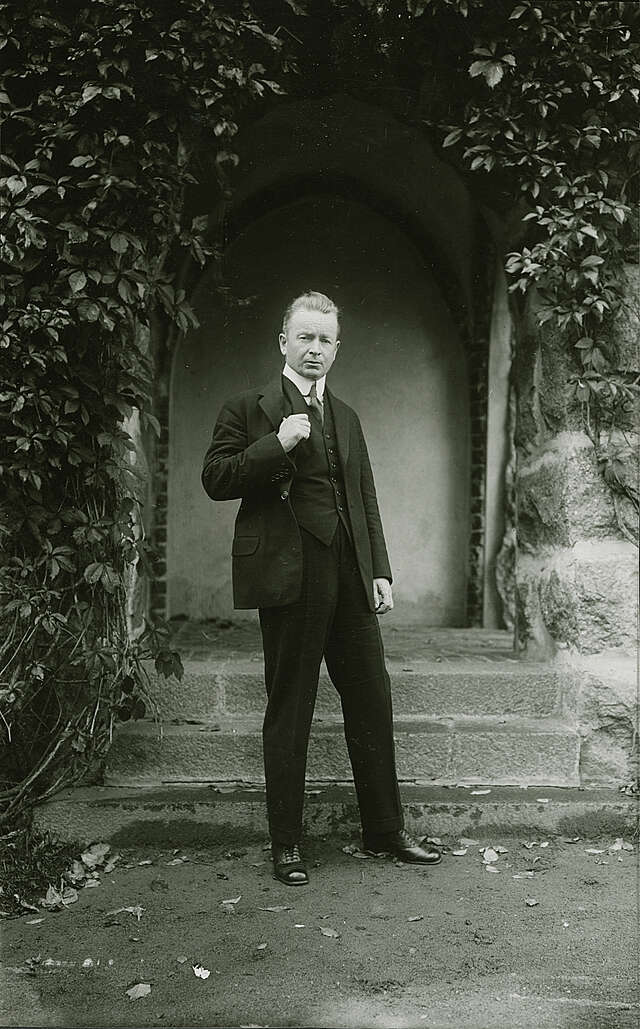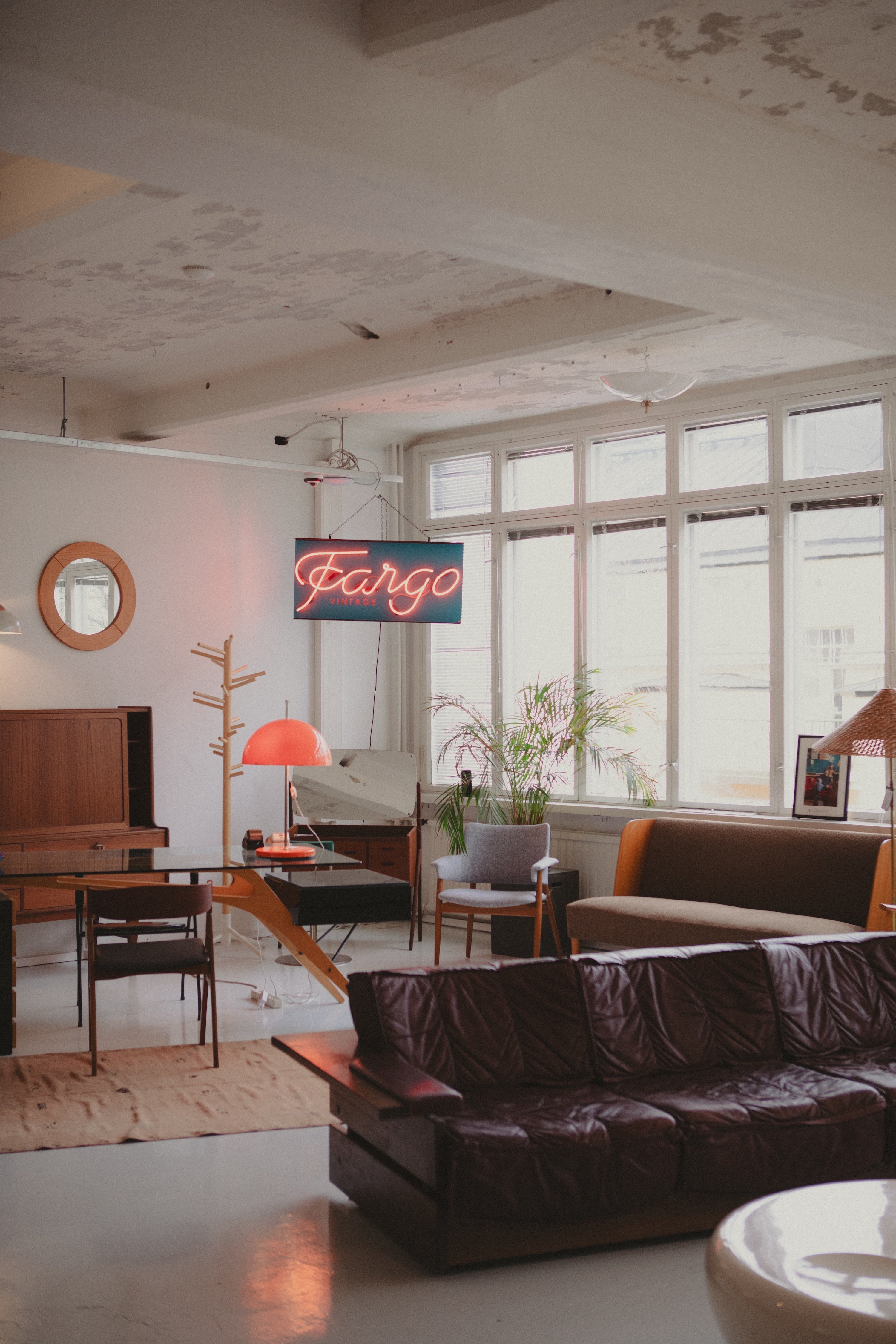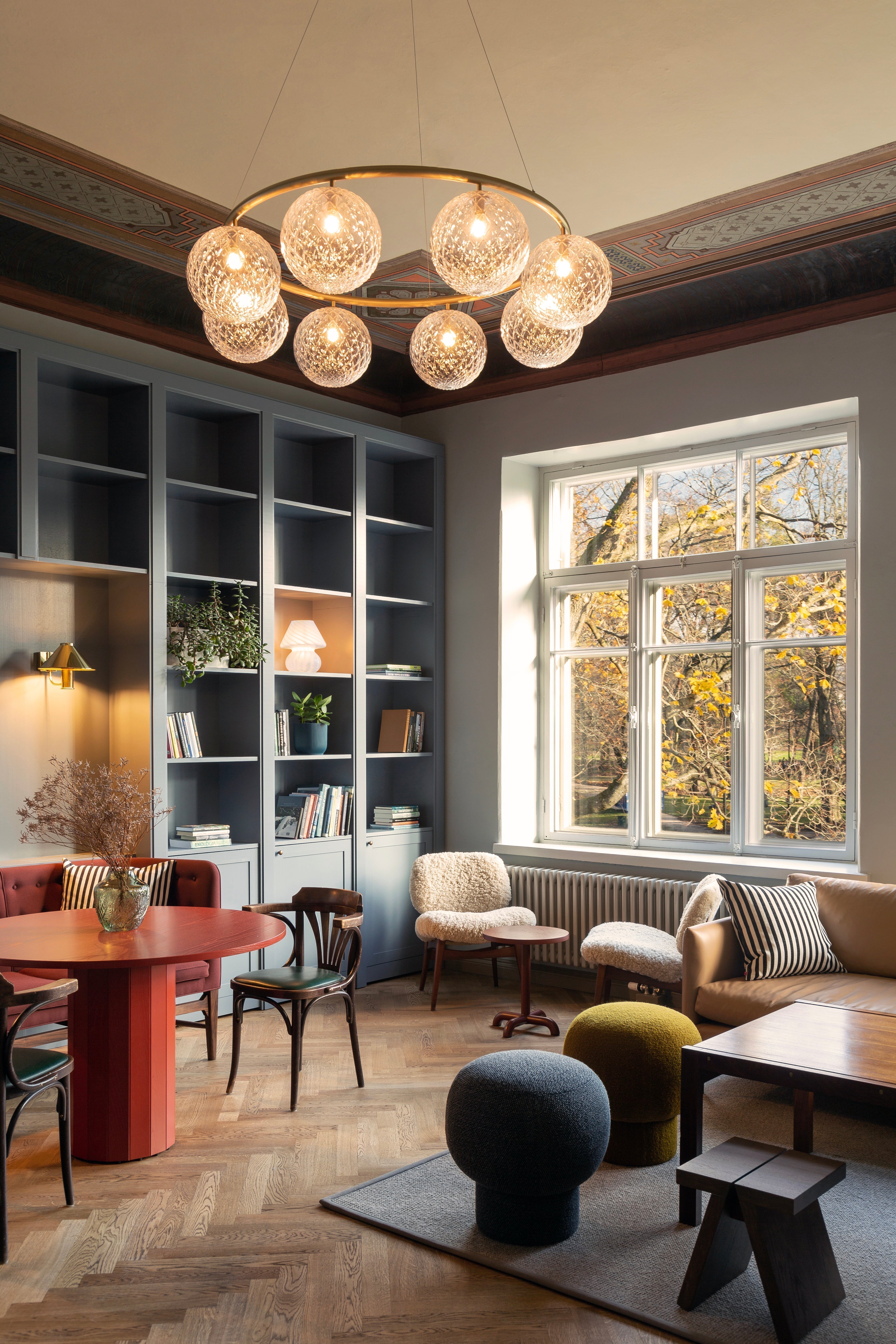Designer of the month: Eliel Saarinen

Eliel Saarinen (1873-1950) is a name that inspires respect among lovers of modern architecture and design around the world. He was a visionary whose work has influenced many generations to come. August 2023 was Saarinen's 150th birthday. At Fargo, we also wanted to highlight Saarinen's extraordinary contribution to our country's architectural and design heritage, and to showcase a couple of pieces of furniture designed by Saarinen in Fargo's collection.
Eliel Saarinen was born in Rantasalmi in 1873 into an upper-class family, where his father Juho Saarinen was a priest and vicar. Eliel grew up in a culturally rich environment where architecture and design were an important part of Saarinen's life. The family travelled extensively, living briefly in St Petersburg, and Eliel attended school in Vyborg and the Lyceum in Tampere. From an early age he showed signs of becoming a master in his field. Saarinen had been drawing and painting from an early age and had also studied at the university's drawing department.
Jugend cabinet, Eliel Saarinen, Early 20th Century

 Architecture
Architecture
Eliel Saarinen's main styles in buildings and design were Art Nouveau and National Romanticism. During his studies at the Technical College, Eliel Saarinen became friends with two young architects, Herman Gesellius and Armas Lindgren, and together they formed an architectural firm called Gesellius, Lindgren & Saarinen in 1896. A year after their graduation in 1897, they entered a design competition for the Finnish pavilion at the 1900 Paris World Fair. With their National Romantic style, they won the competition. This pavilion, with its castle-like form and national decoration, which featured Akseli Gallen-Kallela's Kalevala frescoes, attracted widespread attention. It became one of the most popular at the World Exhibition and made the architectural firm highly sought after.
The buildings created by the trio, Gesellius, Lindgren and Saarinen, are among the gems of Finnish National Romantic architecture. Examples include the insurance company Pohjola building (1901) and the National Museum in Helsinki (1905-1910), the Suur-Merijoki Manor (1904, destroyed in the war) and their joint studio Hvitträsk in Kirkkonummi (1902). Their handprint is also visible in many of Helsinki's residential buildings, and their holistic vision of National Romantic interior design was particularly evident in Suur-Merijoki Manor and Hvitträsk.
Side tables, Eliel Saarinen, Early 20th Century

Stool, Eliel Saarinen, Eatly 20th Century (not online)

Modernism and design
Saarinen's ability to combine functionality and aesthetics revolutionised our understanding of building and furniture design. Saarinen's repertoire not only included the design of buildings; he also created furniture that remains a sought-after collector's item.
Saarinen's philosophy, which emphasises the wider context of design - 'chair in the room, room in the house, house in the environment, environment in the urban plan' - is still relevant today. It demonstrates Saarinen's visionary ability to see buildings as part of a larger whole that shapes our future.
Saarinen is the first Finnish architect to have a distinguished career abroad.
International influence
Although Saarinen began his career in Finland and left behind many iconic buildings, such as the Helsinki railway station, he found his true calling in the United States. There, he moved from the more traditional Art Nouveau style towards functional and modern design. The Cranbrook Academy of Art is one of Saarinen's best-known works in the US and has been a source of inspiration for many subsequent architects and designers.

Eliel Saarinen: the timeless visionary of the main railway station
In 1903, the Railways Administration organised a competition for the facades of the Helsinki Main Railway Station and the Railways Administration building. The winner was Saarinen's ingenious but divisive proposal. Although the proposal was criticised for its National Romantic style and ornamentation, Saarinen remained true to his vision. Not content with just the Finnish vision, he headed to Europe to draw inspiration from the continent's newest railway stations. This journey eventually resulted in one of the landmarks of European architecture: the Helsinki Central Station as we know it today.
The Fargo collection includes some of Saarinen's collector's treasures.







Leave a comment